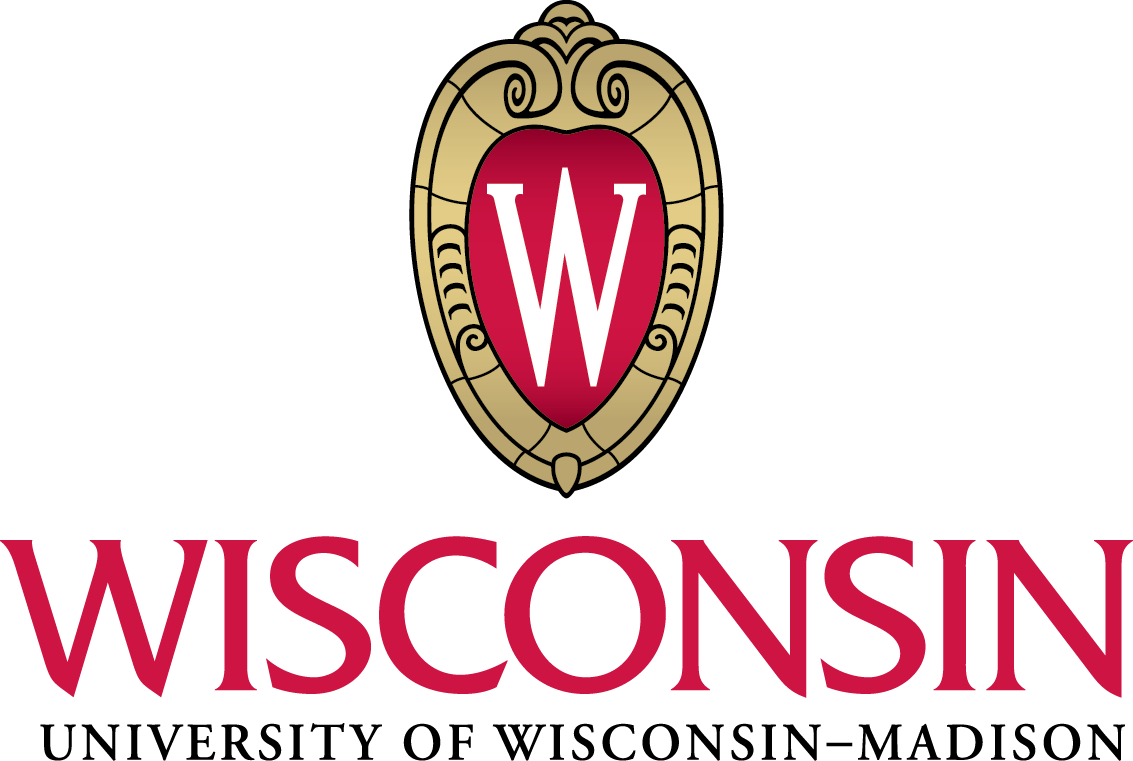Emilie Hogan attended the Joint Mathematics Meetings and gave two talks:
Graph Clustering for the High School Classroom
Emilie Hogan, Gabriela Radu (summer intern 2013)
We ask students Have you ever wondered how Facebook recommends friends? How do they know that a new person belongs to certain groups and may be your friend?” This is a topic that most, if not all, students can relate to. Two lesson plans, one for geometry and one for algebra, were developed based on research done by a teacher while completing a summer research internship. The research project was in graph clustering for model reduction in the power grid. Given time series data for phase angle in many generators the goal was to cluster generators based on similar phase angle behavior following a disturbance. We investigated graph clustering techniques such as Markov clustering, Markov chains, and normalizing and squaring each column of the adjacency matrix. This inspired lesson plans to illustrate concepts of graph clustering through geometry and algebra. In this talk we will quickly describe the research in the power grid, the lesson plans that were developed, and how the students responded to the lessons. — JMM_2014_edu
Clustering on the Power Grid
Eduardo Cotilla-Sanchez, Mahantesh Halappanavar and Emilie Hogan
As the electrical grid increases in size there is focus on reducing the size of the simulation space. One way that this can be done is to group generators together that have similar behavior. In this talk we will describe three techniques to cluster generators based on spectral clustering and modularity clustering, both forms of graph clustering, and k-means with a genetic algorithm. We will compare our methods on two data sets. This work is done as a collaboration between Pacific Northwest National Laboratory and Oregon State University for the Department of Energy’s Advanced Scientific Computing and Research program. — JMM2014-clustering




